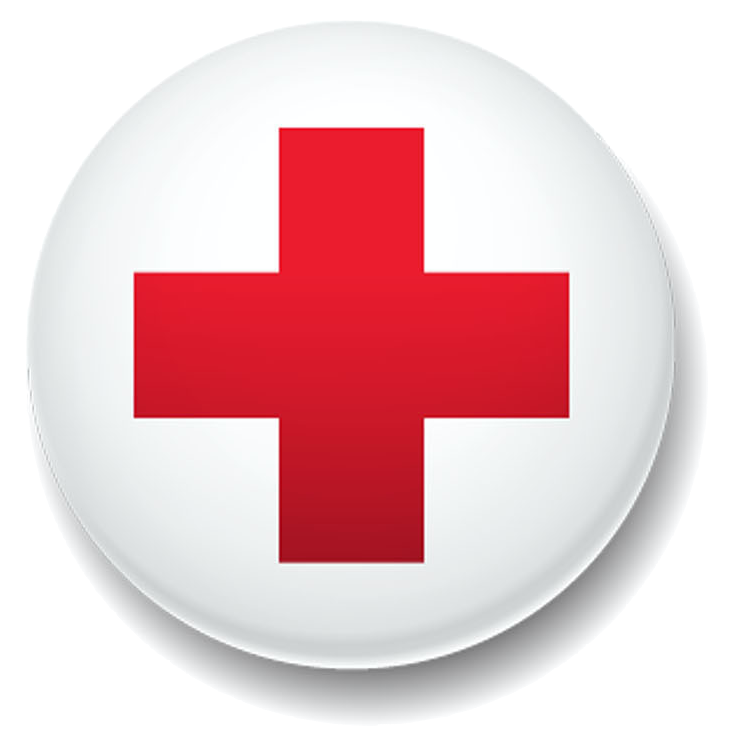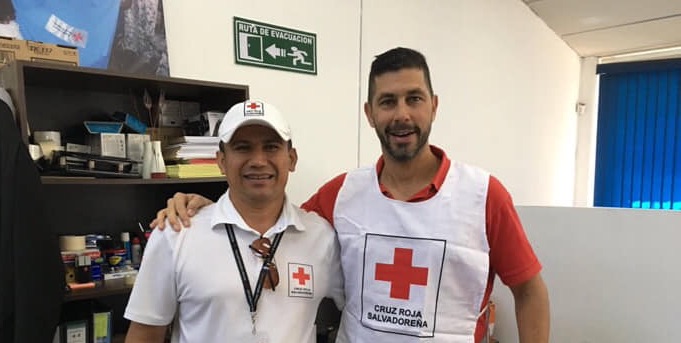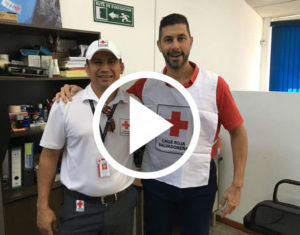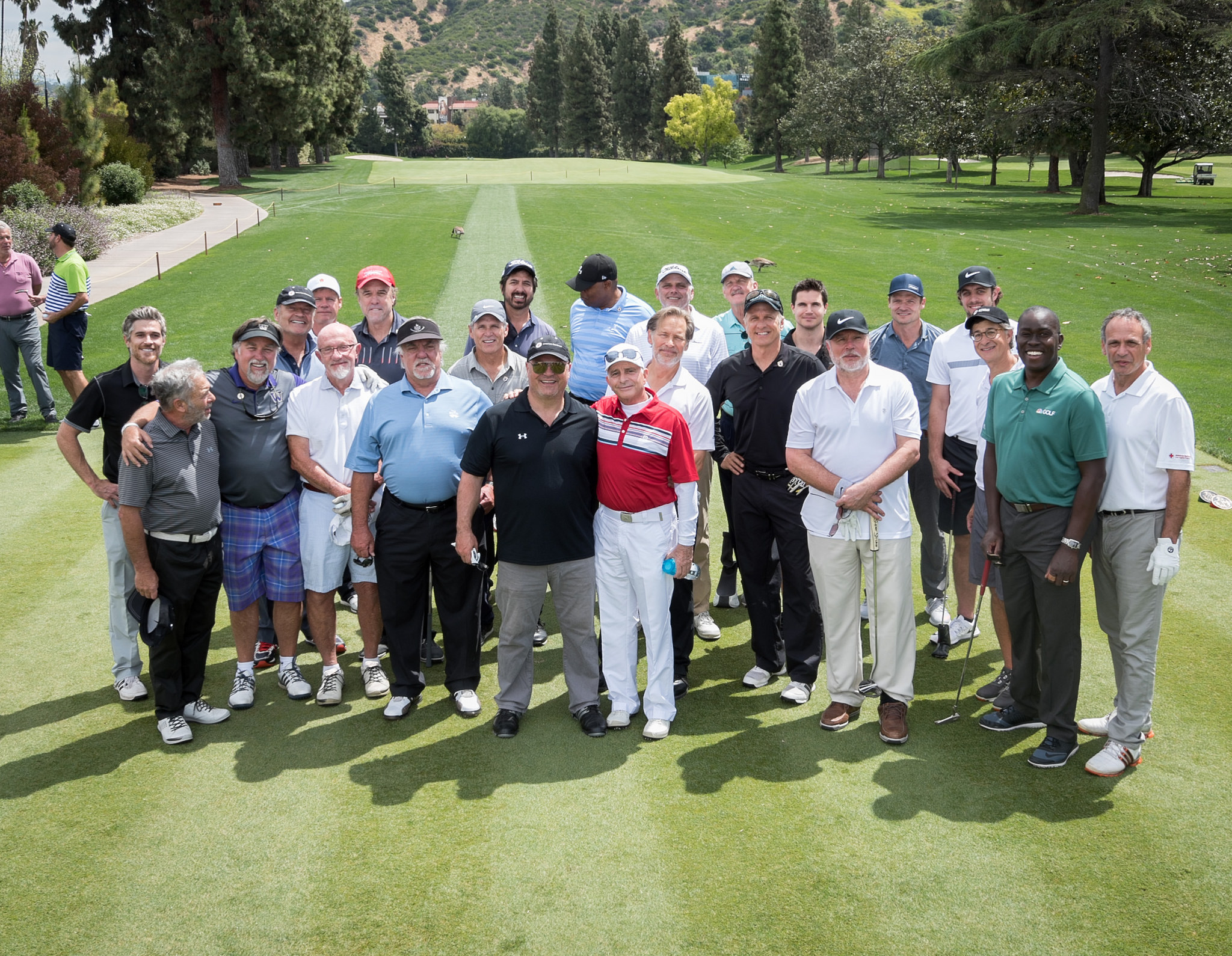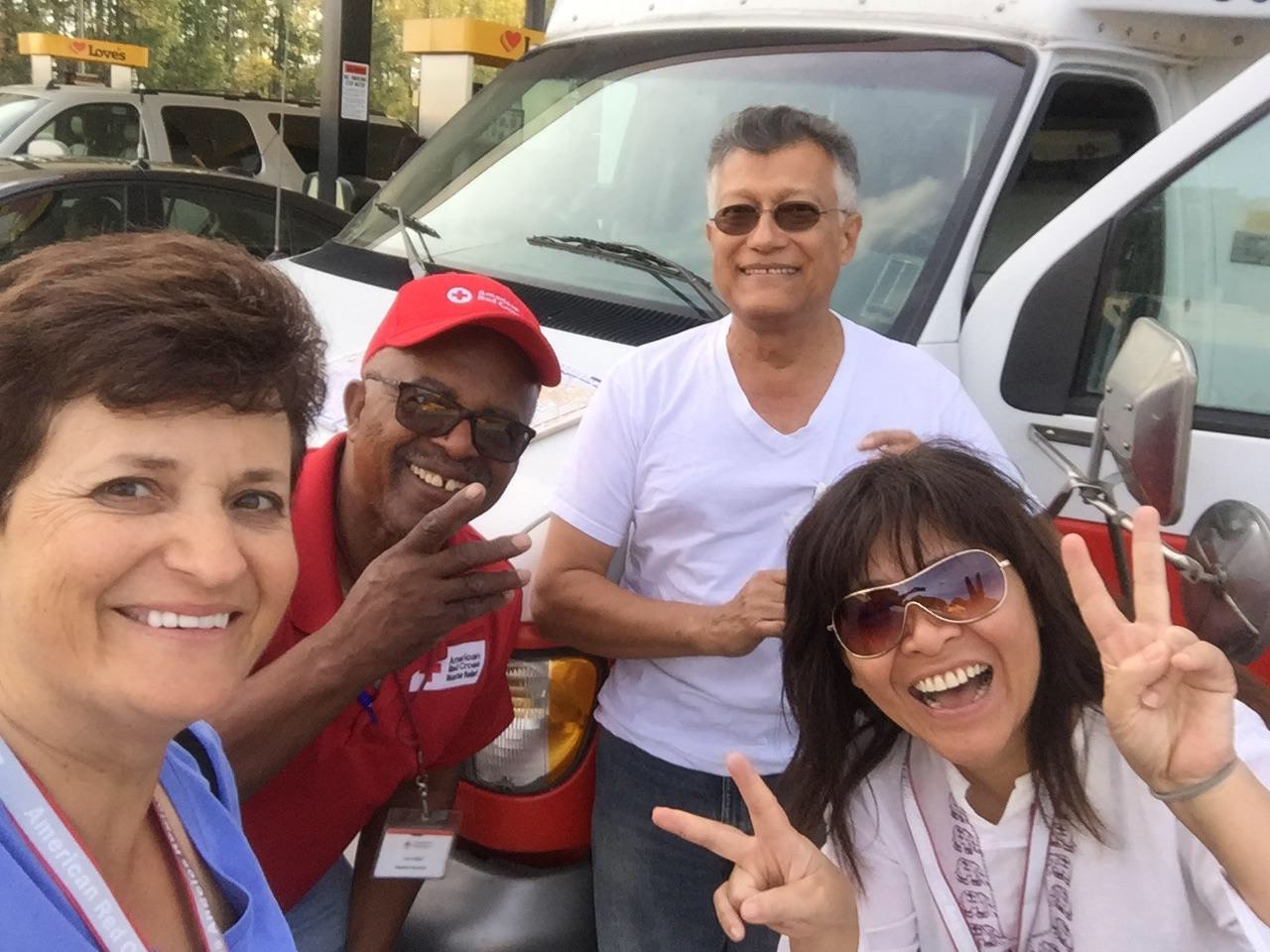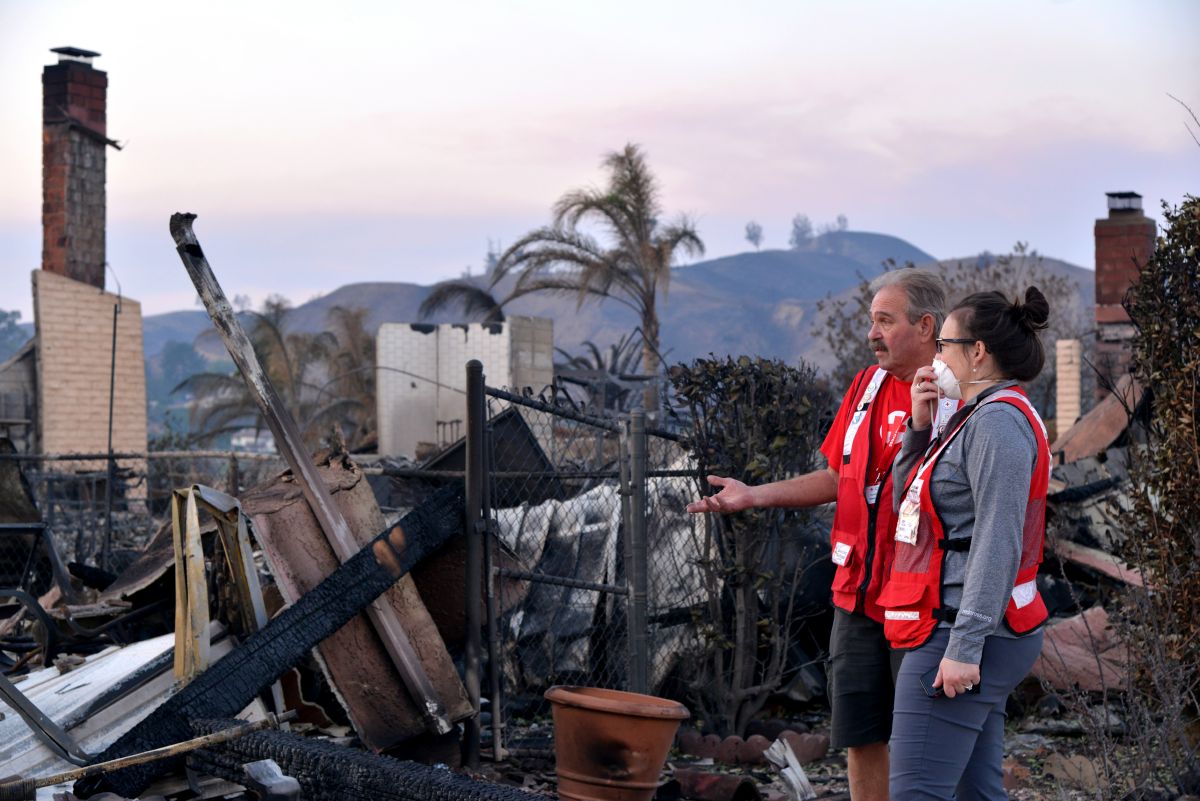By Jarrett Barrios, Los Angeles Region CEO
In early December, I traveled to San Salvador, the capital city of El Salvador. Though it is the smallest country in Latin America, El Salvador is the nation of origin for the largest concentration of Latinos in Los Angeles after Mexico. Because of this sizable Salvadoran population here, I was pretty excited to get to know more about El Salvador and its Red Cross society, the Cruz Roja Salvadoreña.

The first area is called, in Spanish, “Salud, Agua y Saneamento.” This translates to “health, water and sanitation.” It includes their work in collecting blood across the country as well as running a critical care emergency clinic in San Salvador to help stabilize patients waiting for emergency room care in hospitals. In addition, there are many community projects funded with international dollars to improve poorer communities’ water and sanitation systems, as well as promoting some community health programs like HIV prevention.
The second area is the disaster response and recovery work. They do things a little bit different in El Salvador than in the United States. About a third of the ambulance visits to the hospitals are done in Red Cross ambulances in El Salvador. This is done through a program called “socorrismo.” (“Socorro” means “help” in Spanish.) That work includes a fleet of trained EMT volunteers who drive the ambulances. In addition, local volunteers respond to all forms of local and regional disasters, including doing search and rescue. A big risk in El Salvador is volcanos. Several active volcanos exist. Lava flows, ash and other materials, as well as toxic gases all can endanger those nearby. Volunteers are trained to respond to these types of disasters.
The third area is called “inclusión social,” which translates to “social inclusion” in English. These programs are similar to our preparedness work in their focus on vulnerable communities, but the specific focus is not disaster preparedness. Rather, because of the high levels of gang-related violence, “social inclusion” is about engaging young people who may become victims of gangs (and also targets for recruitment by gangs). They also do work we’re more familiar with at the American Red Cross in terms of disaster services, where they respond to and help communities recover from disasters.
What were you hoping to achieve during this visit?
My first goal on my first visit to El Salvador for the American Red Cross was to really dig in and learn about the Salvadoran Red Cross. I was there through a program with International Services, working with the Salvadoran Red Cross staff and board leadership, to identify ways the American Red Cross and the Salvadoran Red Cross can partner to make both organizations better.
This was just a visit number one. My work as I began to learn more about the organization there was to identify priorities with them and ways we can collaborate in the future. Now that I am back stateside, my task is to figure out how to leverage the talent here in Los Angeles as well as perhaps other parts of our national network, to support the initiatives of the Salvadoran Red Cross.
Back when I was in government, we would call a collaboration like this a “sister city” relationship. The city that I lived in, Cambridge, Massachusetts, had a sister city in Cuba called Cienfuegos and we exchanged all kinds of information and resources. It’s a little more focused in this case because we’re all part of the Red Cross, but it will be an exchange of information in a similar way.
How do you envision the partnership between the Salvadoran Red Cross and the American Red Cross?
There are many ways for us to partner with the Salvadoran Red Cross. We have discussed ways that the Los Angeles Region can support building their capacity to raise funds, to help with their volunteer recruitment and retention efforts and even focus on governance issues. But when we met, I was clear that I don’t think the partnership will be one-way. There are so many opportunities for us to learn from their work. I was especially impressed with a program that they had called “Resilience in the Americas” or RITA.




[]Photo Credit: The faces of RITA, via Cruz Roja Salvadoreña]
That program had remarkable similarities to the program we do here in Los Angeles called Prepare SoCal. With Prepare SoCal, we identify vulnerable communities and we engage community coalitions to advance resilience-building efforts in those communities. Similarly, RITA identifies vulnerable communities and does grassroots organizing to engage local leaders in community resiliency.
There’s a lot we can learn from RITA in terms of how they identified community vulnerability, how they identified communities to do the investments in and then what the projects were and how they were carried out. They are doing projects around a concept in Spanish called “emprendeduría,” which is essentially building financial resilience in the community.
What are some examples of “emprendeduría” projects?
They would do projects like building a bakery that the whole community could use, so that women in the community could become financially independent by baking and selling bread and sweets. One project that was disaster-specific involved building a central transmission tower with speakers at the top in a town square. The tower was battery-powered and charged using a generator, so if there was the need to evacuate a community quickly, the community could get the word out, even without electricity. This gave them the ability to do emergency disaster response.
What’s next?
Some of the work done by the Salvadoran Red Cross is in our wheelhouse, while other things are maybe a little bit outside what we would do here in the U.S., but all of it was around building more resilient communities in ways that really resonate here in Los Angeles.
This trip been a great experience. I know we’re going to learn a lot from them as we continue to partner.
